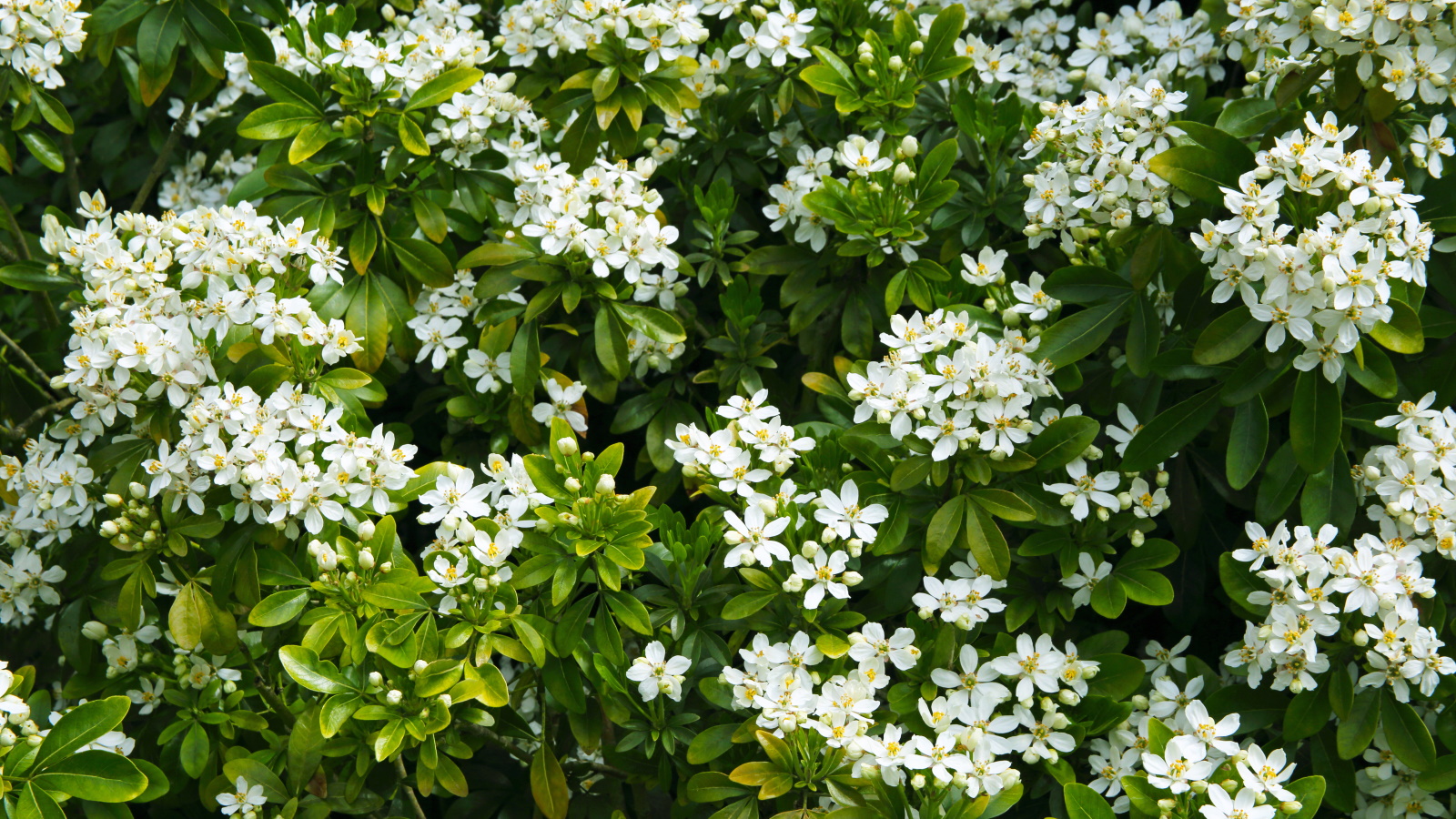
Hedge planting can be transformational in any space. Instead of dull fencing or lifeless walls, adding a verdant accent to your boundaries is not only attractive, but it is also good for wildlife, proving popular with birds, bees and butterflies.
There are many planting options to choose from, and several of the best hedging plants have attractive evergreen foliage, such as yew and laurel, or alternatively, attractive flowering hedges will produce seasonal blooms, such as forsythia or choisya.
What's more, some hedging options are renowned for producing a heady fragrance, creating a sensory and calming experience as you pass by. Here, expert gardeners share the best fragrant hedge planting ideas that can add scent to your plot this year.
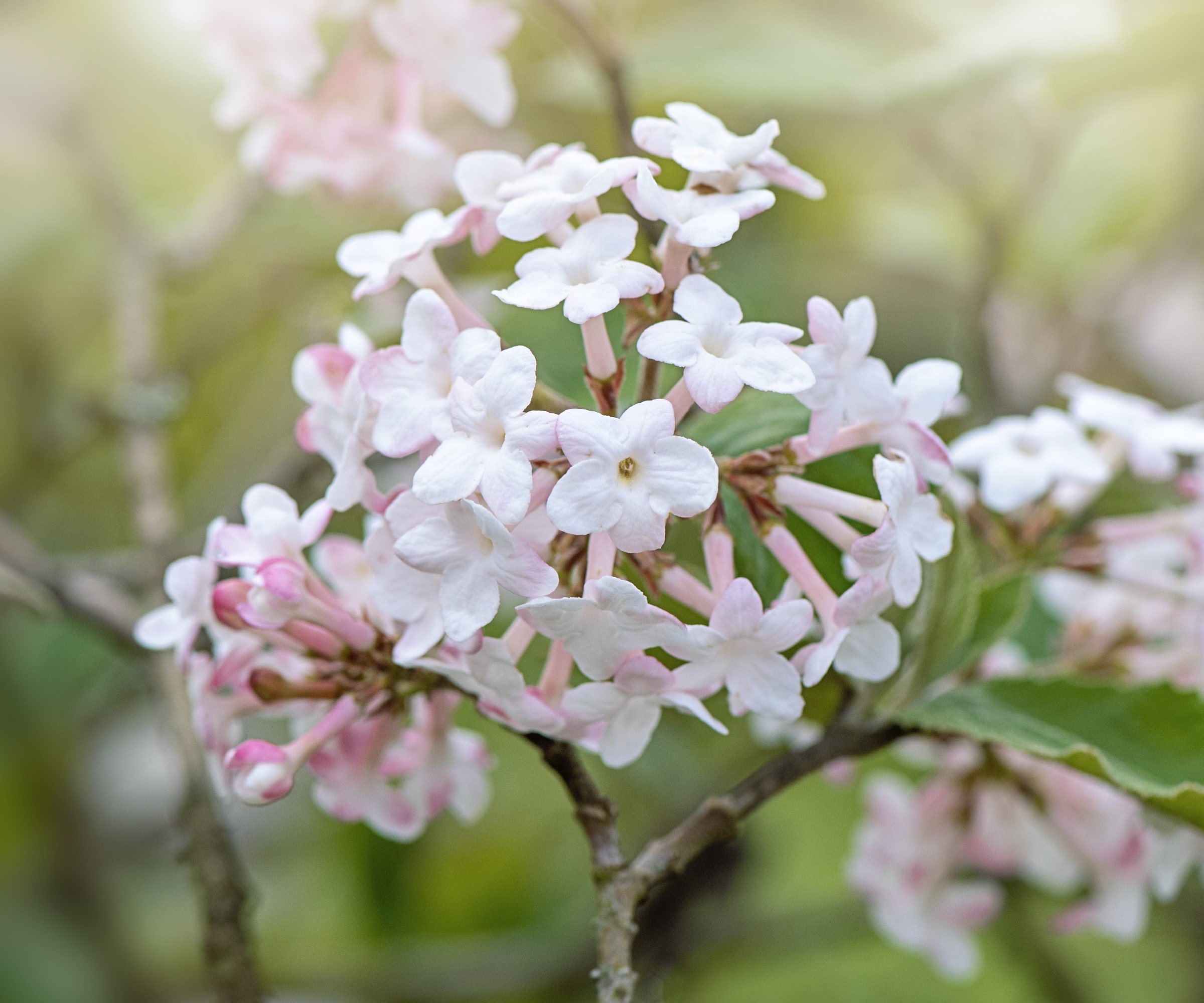
Best fragrant hedge plants
Landscaping with hedges is a clever design trick to soften the edges of your outside space with greenery. Before you decide on which hedge plants to grow, consider what your preferences are. If you are looking for a year-round, evergreen structure, planting a yew or holly hedge might be the right course of action.
If, however, you want a hedge that is floral and fragrant, we have put together a list of the best expert-recommended options.
1. Mock orange
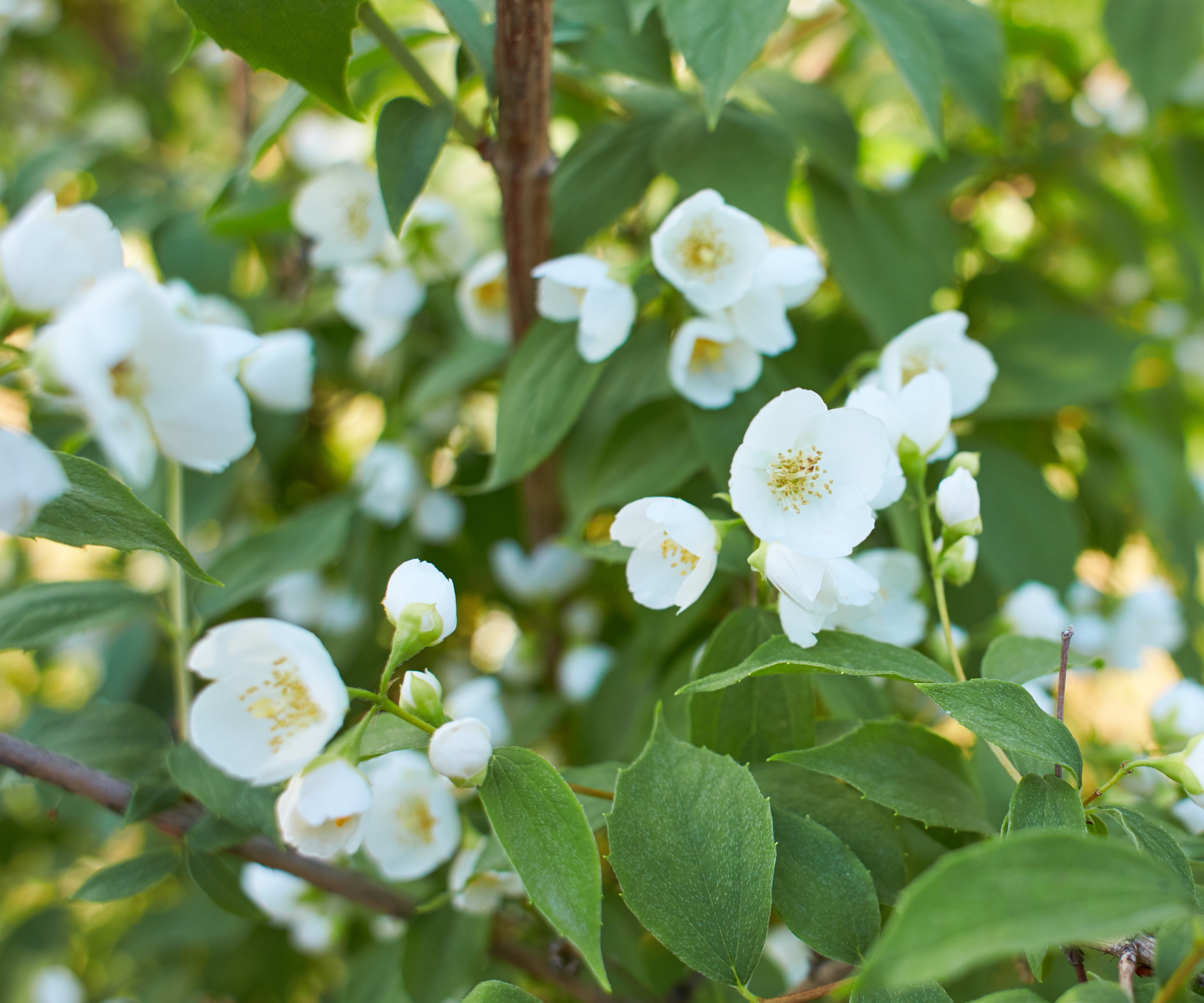
Mock orange, or Philadelphus, are fragrant shrubs that are native to North America. 'Growing best in US hardiness zone 4 to US hardiness zone 7, mock orange plants produce huge shows of springtime flowers,' says Gail Pabst, gardening expert and Marketing Director for the National Garden Bureau.
'With an appealing scent that is not dissimilar to orange blossoms, mock orange plants can be used as specimen plants or as hedging,' Gail continues. 'There are many new cultivars that come in a variety of sizes, ranging from 2 feet to 10 feet.'
Popular with gardeners, these flowering shrubs for full sun need good drainage and plenty of light, but otherwise are easy to grow, and will undoubtedly perfume the perimeter of your property.
Mock orange plants are available from Nature Hills.
2. Viburnum
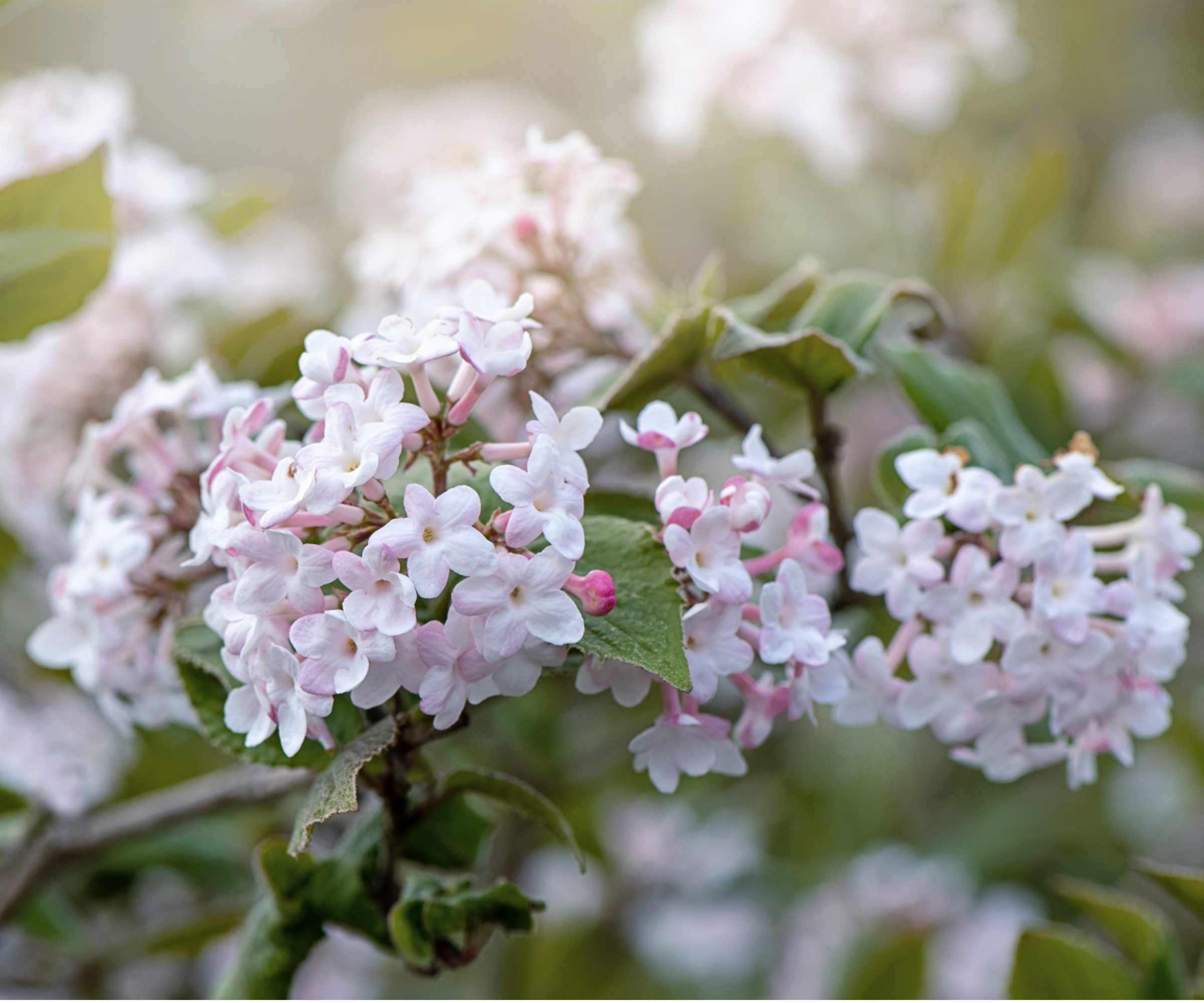
'There are many different viburnum species and varieties to pick from,' says Alex Kantor, gardening expert and owner at Perfect Plants, 'and many that are native to North America or Europe are hardy and resilient hedging options.'
When considering how to grow viburnum, plant care will be specific to each species, but generally speaking, viburnum shrubs grow best in US hardiness zones 2 to 8, thriving in sunny or partially shaded positions with good drainage.
One of my favorite viburnum species that has a pleasing scent is Viburnum burkwoodii. This species will reach 6 to 8 feet tall, so would be better suited to those seeking a low to medium-sized hedge. For a taller variety, consider growing the cinnamon viburnum, Viburnum cinnamomifolium, which can reach up to 20 feet tall.
Sweet viburnum plants are available to buy online from Perfect Plants.
3. Lilac
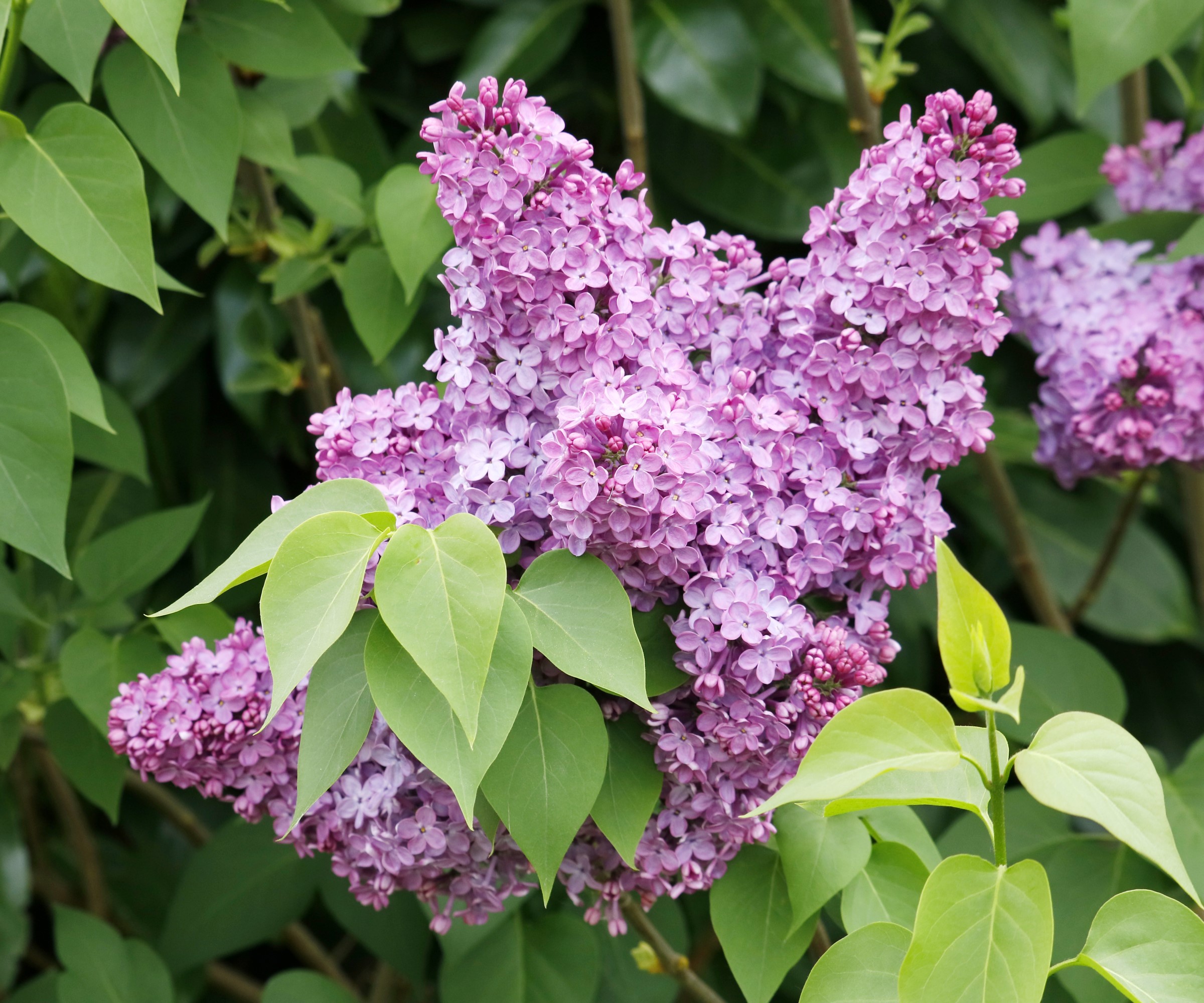
Considered one of the best flowering shrubs, lilac plants produce colorful and fragrant blooms. When considering how to grow lilac, these plants do best in US hardiness zone 3 to zone 9, preferring a full-sun or partially shaded position.
'Many gardeners fondly remember fragrant lilac hedges from childhood,' says Gail Pabst, 'making these blooms nostalgic and romantic.'
'Until recently, only gardeners living in colder zones could recreate those sweet memories,' Gail adds. 'Fortunately, breeders took pity on southern gardeners, and have since created lilac cultivars that perform beautifully even in warmer climates, such as ‘Josee’, a small, reblooming lilac with a wide hardiness range.'
'In addition, lilacs come in a wide range of colors, including red, pink, blue, yellow, cream and white, so there is a lilac shrub to suit every taste,' Gail says.
Lilac plants are available to buy online from Perfect Plants.
4. Sweetshrub
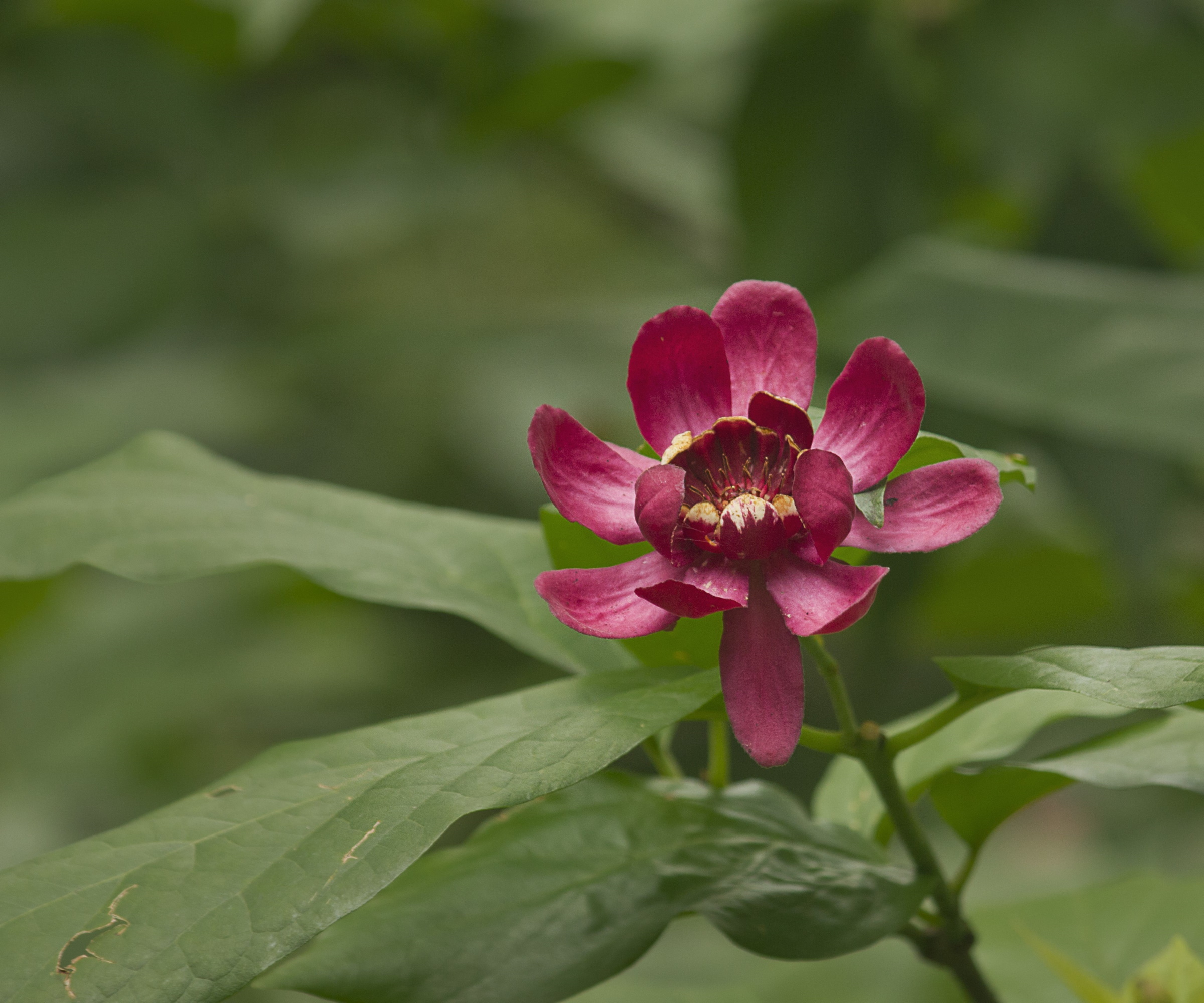
'A southeastern native found growing from New York to Florida and west to the Mississippi River, sweetshrub - also known as Carolina allspice - is a gardener’s dream and an unusual option for those looking to plant a hedge,' says Gail Pabst.
I have grown sweetshrub, Calycanthus floridus, in the UK, and it never fails to attract attention from passersby. Growing best in US hardiness zone 5 to zone 9, the flowers of this shrub are unique, appearing spider-like with long, narrow petals that are lightly scented. I have grown the 'Aphrodite' variety which has a deep red color and typically blooms for several weeks.
'These fragrant blooms smell like citrus, banana, strawberry, pineapple, bubblegum, or even gin, depending on whom you ask,' Gail adds, 'making this ideal for those seeking a fragrant shrub for the front of the house.'
'Sweetshrub is helpfully a versatile plant,' Gails continues, 'and grows beautifully whether planted in full sun or deep shade and can easily be shaped to form a low hedge.'
Sweetshrubs are available to buy online from Perfect Plants.
5. Pittosporum
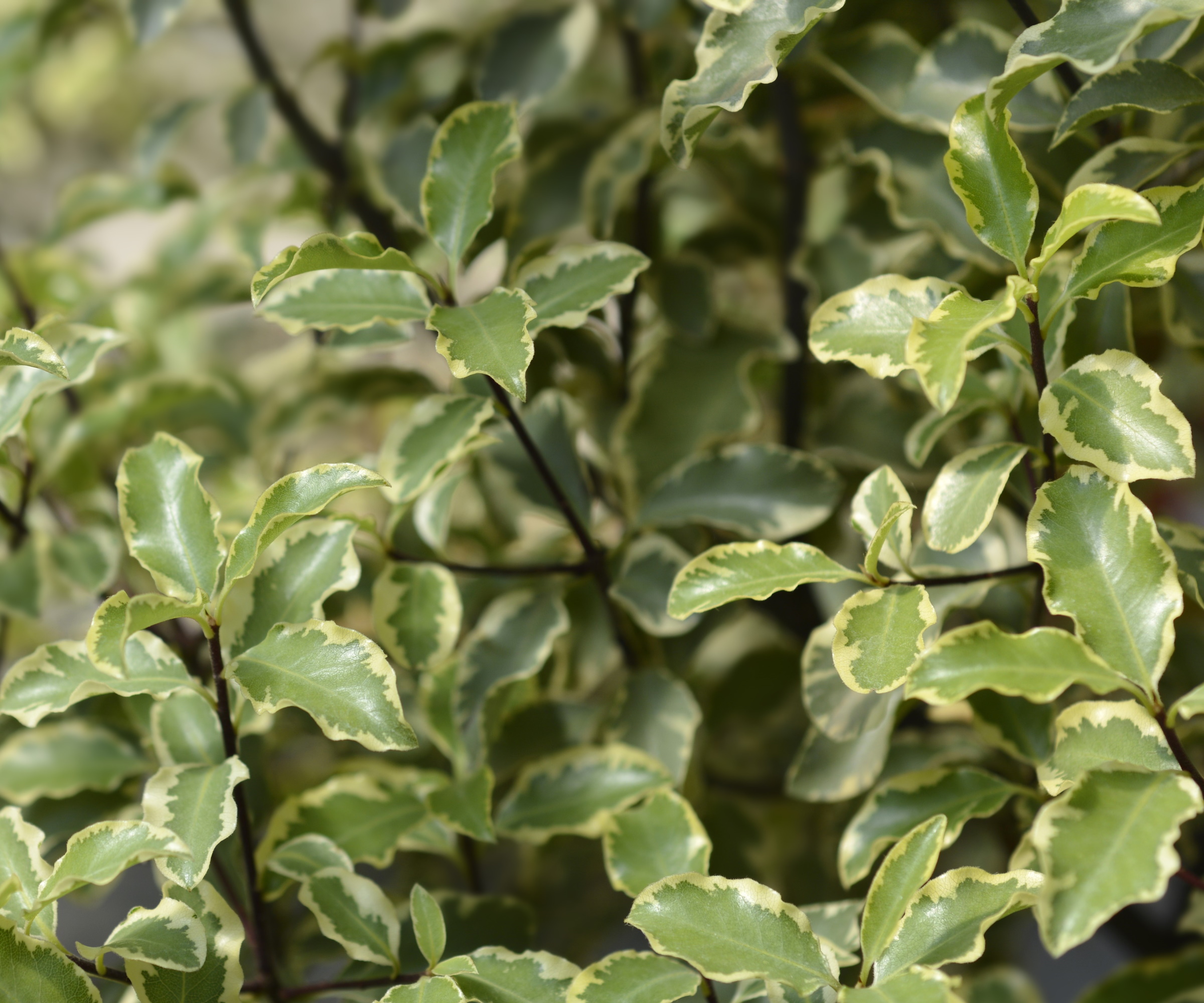
Considered some of the best evergreen shrubs, pittosporum are tender plants that can be grown in US hardiness zone 8 and above. With shiny evergreen foliage, pittosporum plants can help to add structure and privacy to yards in warmer regions.
I have planted Pittosporum tenuifolium in different gardens across London, and generally, found this shrub to be resilient through the British winter. These plants respond well to shaping and pruning and would work as a fragrant hedge plant, with dainty dark purple or white flowers producing a delicate scent that tends to smell stronger at night.
There are many dwarf and miniature varieties of pittosporum, so be sure to select a taller pittosporum species if you are looking for a hedging plant.
Pittosporum shrubs are available to buy online at Walmart.
6. Abelia
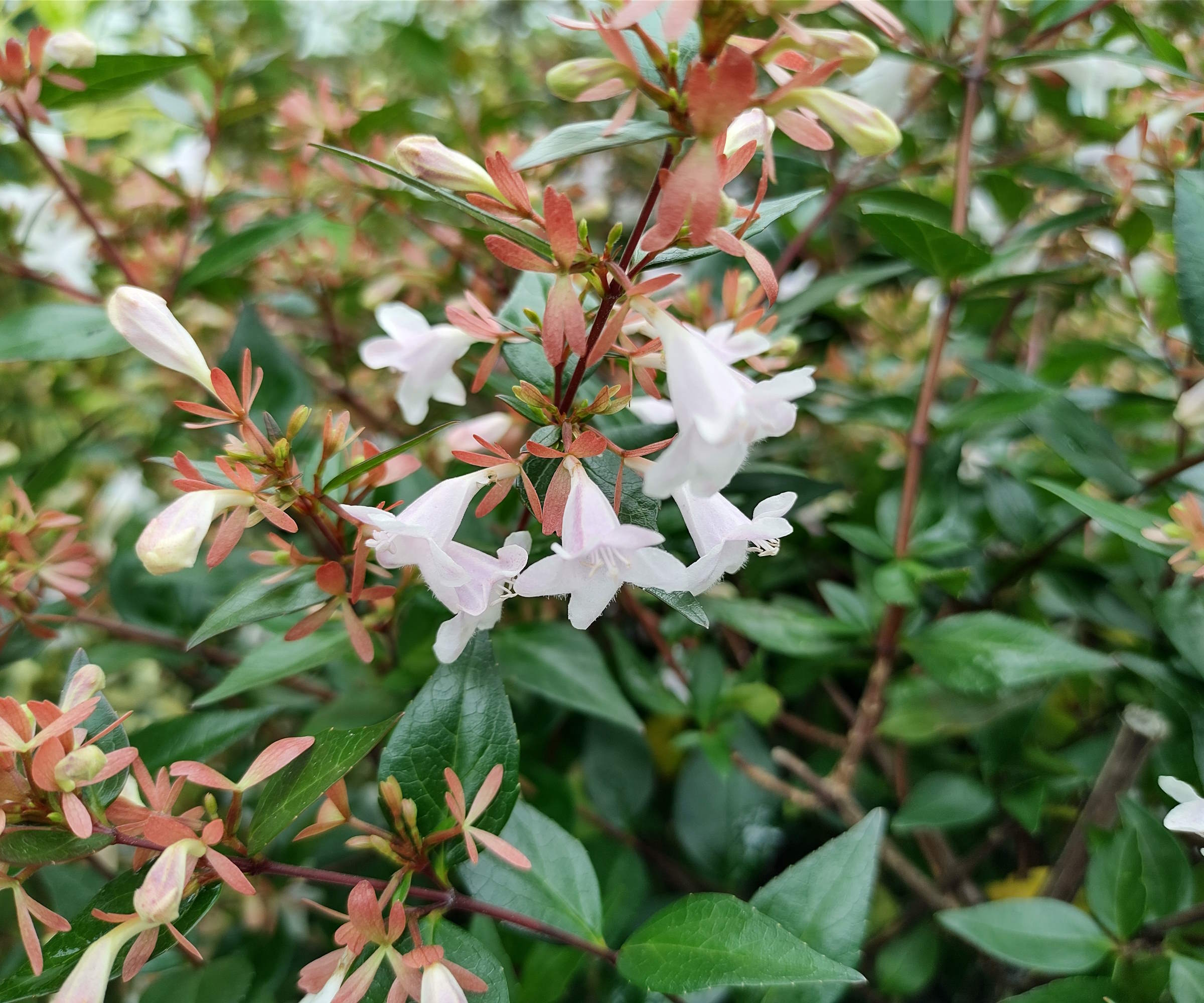
Abelia shrubs produce a bounty of delicately fragrant tubular flowers from June through until the fall. I have grown abelia as specimen shrubs and find that generally, they can be treated as evergreens in milder regions, holding on to their foliage through much of the year.
These versatile shrubs can be grown in US hardiness zones 4 to 11, preferring a bright, sheltered position in the yard. In addition, the flowers of abelia shrubs are popular with hummingbirds, bees and butterflies during the summer months.
I recommend planting several abelia shrubs within 3 feet of each other that will eventually form a continuous hedge. With a small amount of patience and occasional pruning, gardeners will quickly craft a floral and fragrant hedge.
Abelia shrubs are available to buy online at Perfect Plants.
FAQs
Can I plant different species together to form a hedge?
Yes, you can plant different and contrasting species together, and over time they should grow into a singular hedge. It is best to use planting that has similar growing requirements, such as lighting and watering needs. For example, growing lilac shrubs alongside mock orange shrubs is a good idea, as both have a preference for full sun and need well-draining soil.
If you are planting a hedge this year, consider adding flowering and fragrant shrubs to enhance your boundaries. Not only will you enjoy this, but so too will local wildlife. For more information on hedge planting ideas, consider our guide on planting a hedge for wildlife, to attract pollinators to your plot.







